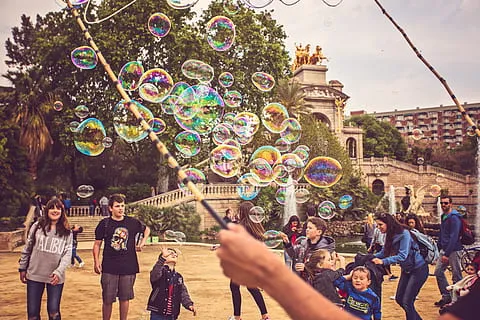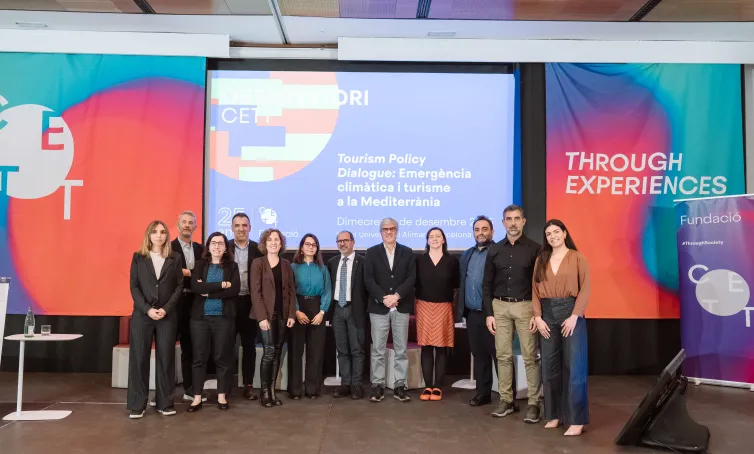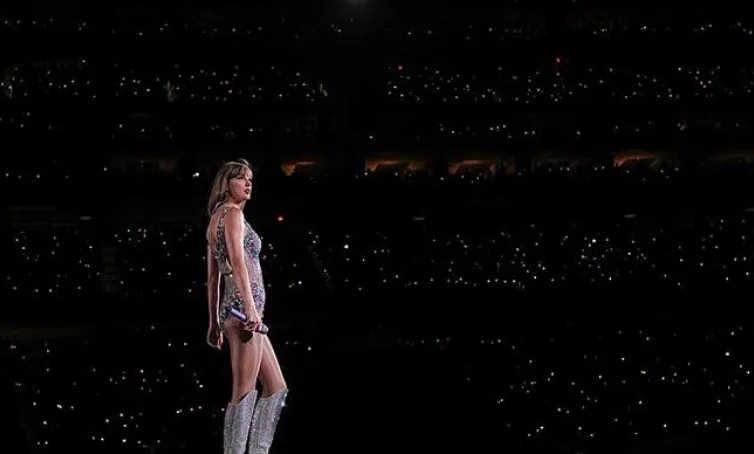City spaces as meeting points

Living in an urban area means, inevitably, living with others. It is known that personal relationships are complex and, sometimes, not as convivial as expected; in an urban space or city, this might happen because its spaces have various functions and host very different activities. Public spaces are also heritage receptacles, but they also host restaurants, shops, theaters, etc. Therefore, the use made of the city spaces and the expectations about them may not coincide in many occasions: whilst some people live in a city, others visit it. Therein lies the greatest challenge of an urban tourist destination: finding the balance between the day to day life of its citizens and the pleasurable experience visitors wish to find.
"Respect, courteous behavior and civic mindedness, become essential pillars to find the balance between the city’s day to day life and the touristic uses of its spaces"
In this sense, a city has highly sensitive spaces, also known as Tourist Coexistence Spaces (Coma-Quintana, Conill-Tetuà e Imbert-Bouchard 2017) which are defined as city spaces -both indoor and outdoor spaces- that appeal to visitors and become meeting and interaction points for both visitors and residents. The interest these spaces arise is multiple: for their cultural and gastronomic heritage, the cultural activity they hold, their architectural features, landscape or the emotional value they hold for the city. Besides, these spaces are characterized for an everyday feel, that is, for the window they open to the city’s residents’ life and routines. They are ordinary spaces the city residents have an emotional rapport with and, sometimes, they feel these spaces belong to them. At some point, these spaces appeal to visitors and are then shared with the residents. All in all, these Coexistence Spaces hold a high heritage value materially and immaterially that makes them inviting to visitors. When this happens, respect, courteous behavior and civic mindedness, become essential pillars to find the balance between the city’s day to day life and the touristic uses of its spaces. However, there must also exist good care and good management of the city and of these spaces, since cohabiting with people who come from all over the world and sharing with them the spaces we feel tell our history, help us all learn from each other.
A clear of example of coexistence and transmission of intangible heritage is the Festa Internazionale della Storia in Bologna (Italy) when the city’s porticoes that lead to San Luca become a meeting and cultural exchange point for residents and visitors who take part in the traditional passamano per San Luca.
Marta Conill-Tetuà
Researcher at the research group TURCiT at CETT-UB
References:
Coma-Quintana, L., Conill-Tetuà, M., & Imbert-Bouchard Ribera, D. (2017). Los espacios de convivencia turística. In Ciudad Educadora y Turismo Responsable (pp. 143–159). Gijón: Trea.



